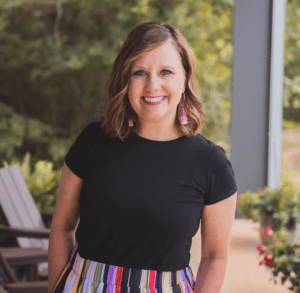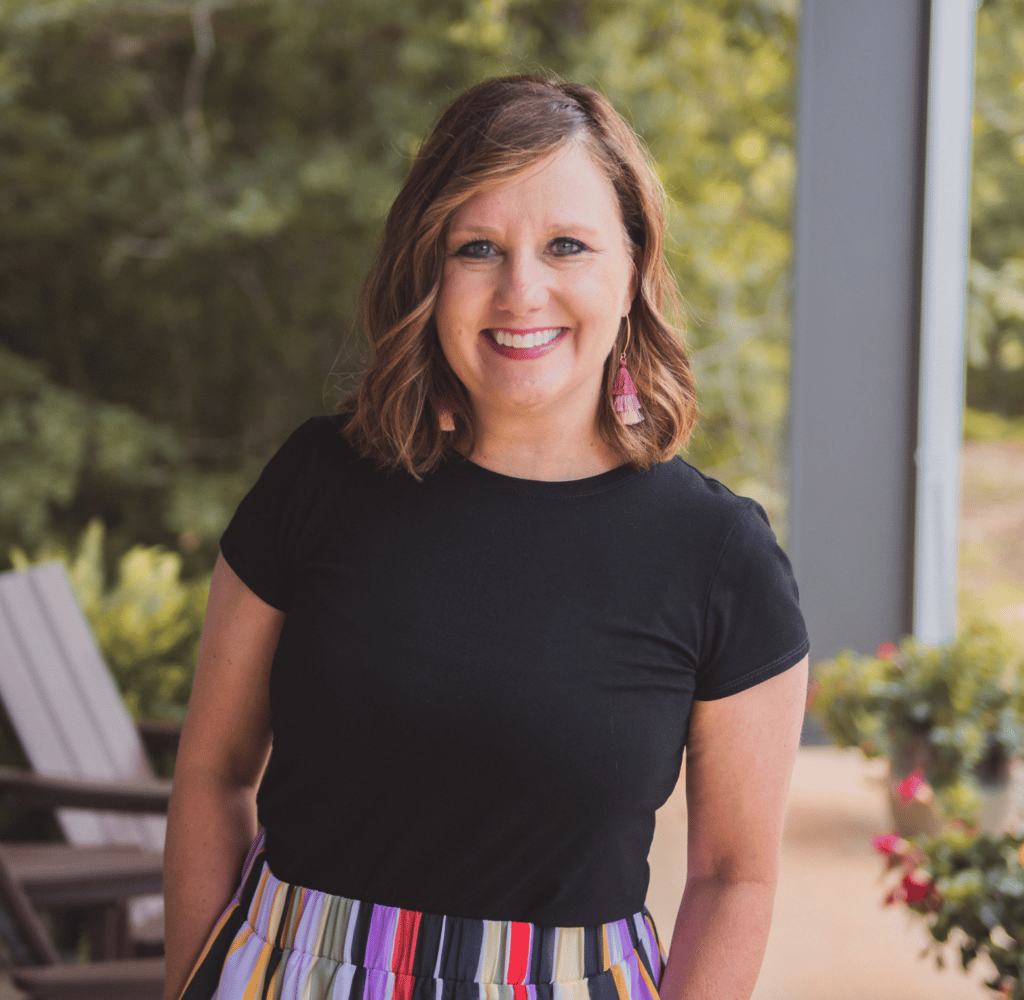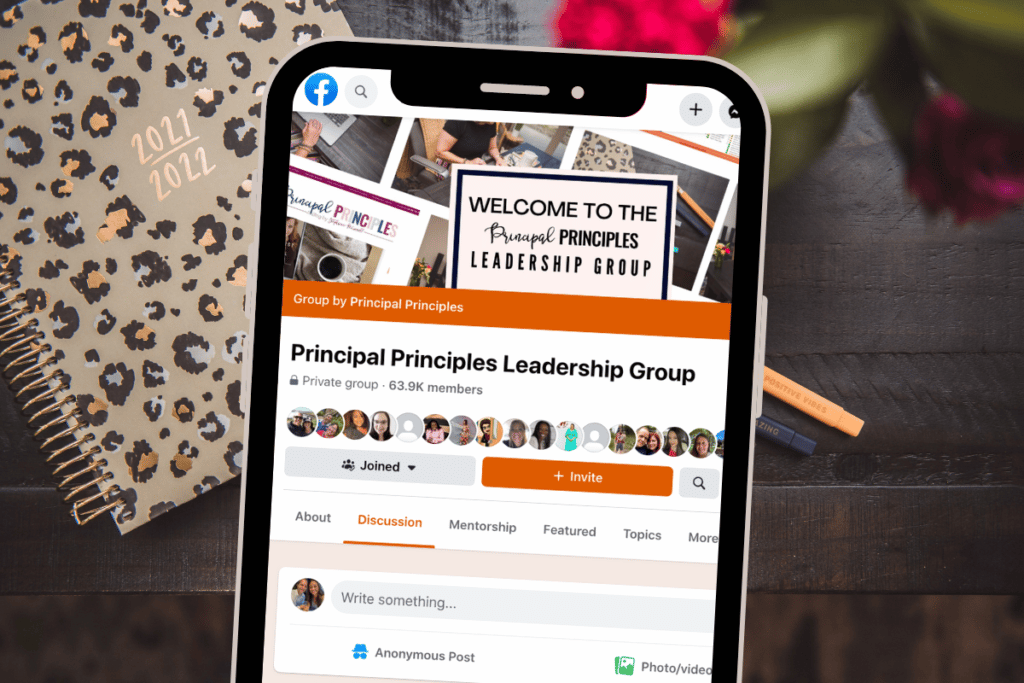

I have had the great pleasure of sharing WIN Time with you many, many times. However, I am excited about the opportunity to share with you amazing school leaders who believe in WIN Time. These leaders know the importance of the system and see the results. Help me welcome Crystal Mayes, Susan Hankins, and John Weaver to the platform today.
I hope you enjoy their story.
Crystal Mayes, Elementary Principal (Texas)
Every three weeks our teachers give students common assessment on a spiral readiness TEKS that we focus on during Space Time (WIN). We will report out the results during PLC common planning and analyze student work. We hone in to make sure that our “meets” percentage is high before moving on to our next lowest score – student expectations. We ask the four essential Marzano questions for the new skills. We also use survey level assessments in Aimsweb curriculum-based assessments, and Interim exams.
We created a Google sheet in which we track students growth and progress from test a test and look for the +10 from John Wink’s philosophy. It has a conditional formatting color-coded for students that might be falling behind. We also track each classrooms percentage of approaches, meets, and masters. The goal is to have the entire class grow +10 from the beginning of the year until the end of each category. Whichever Space Time spiral TEKS were focused on for 3 weeks (must be a readiness standard and highly tested) during then the teachers track the four question common assessment by item rigor of high, medium, and low to see if there are any gaps or strengths in different classrooms.
The instructional coach and I try to homogeneously group students by their levels of masters, meets, and approaches. We then have special population groups such as our homeless, RTI/MTSS, Dyslexic, and resource. Teachers who are strongest in particular areas or subjects are then selected to teach reading or math. English Language and RTI aides are also pushed into the classroom, so they can build relationships with students, help track tier paperwork, and assist the teacher for an additional small group.
This will be our third year of implementation. One of the first struggles was to have buy-in for teachers to switch students around the grade level rather than keeping their homeroom. We then realized we needed different instructional resources to use during this time.
We also realize that we need very clear expectations of what this time looks like and what it does not look like. We had to make sure that our aides are provided resources for our conducting a small group as well as being trained on how to use the resources. We had to make this time a very sacred time, and we do not ever give it up except for party days.
Susan Hankins, Elementary Principal and Curriculum (Michigan)
We have a school information system called Illuminate.
The School Improvement Team analyzes and tracks data. Teachers also meet weekly to track data at a classroom and grade level.
Students are grouped by skill area. Students are progress monitored throughout a 6 week period and once they show mastery they move to a different group.
In 2016 I became principal at the elementary school where I taught. That year was spent learning my new role, working to strengthen relationships, and getting a feeling from things at an administrative level. After learning from my teachers and observing the needs of the building, we worked to create a strong, active School Improvement Team in the 2017-2018 school year.
This team consists of teachers from various levels, general and special education, and program directors. They are the incredible driving force behind our success. We spent this year really studying our data. We learned about our strengths and weaknesses and spent a lot of time talking about what we needed to drive change.
The 2018-2019 school year was spent building capacity and the need with the staff. Our current system had paraprofessionals at the helm of intervention. In the past, data wasn’t used to drive decision-making, and students were pulled out of class to receive their intervention. Scores were decent but stagnant, and our most intensive and gifted students weren’t growing as much as we would like. We spent a lot of time talking about how we could put our teachers with our students with the most intense needs. Then I came across Stephanie McConnell and her WIN Time implementation. I brought the idea to my School Improvement Team, and they ran with it.
We spent each of our meetings looking at data and planning for implementation. The first thing we had to do was create a master schedule. Something that this building never had. In that master schedule, we included 120 minutes for ELA, 90 minutes for math, 50 minutes for special, 20 minutes for lunch, 20 minutes for recess, and 45 minutes for WIN. As we were working on the master schedule, we began to build capacity with the staff. We walked teachers through a process of a needs assessment, so they say WIN as a need like we did. Asking teachers to take 30-45 minutes of their day every day for something new was a paradigm shift. However, the whole staff quickly became as excited about it as this team.
The summer prior to the 2018-2019 school year, the SIT spent looking at data, making groups for the teachers, and setting goals for the groups. We did this for them for the first round of WIN as we wanted to gradually release control as not to overwhelm the teachers. We continued to go slow to go fast.
Upon return, the teachers planned for the groups and their skills. They planned with paras. Paras worked with our students who were at grade level, we had an advanced program for those working above, and our teachers worked with our most intensive kids. We set the scene that WIN was the most important time of the day. Classes were not to be interrupted during this time, and we were taught the expectations of behavior. We monitored growth every six weeks and rearranged groups as needed. Teachers used their daily common planning time to plan for WIN and monitor growth. Teachers shared students based on need, and this really helped to build the team approach at grade levels that didn’t work together as closely as others.
We immediately started seeing changes in our scores. (I can provide the growth since starting WIN.) Students were focused and engaged in lessons that they needed. They loved being mixed with students from other classes and working with different teachers. WIN quickly became the best part of the students’ and teachers’ day.
Our biggest challenge was COVID. We had to change year two because students could no longer mix groups. However, we are thankful that we had a solid foundation going into year 2. We continue to see growth, monitor our students, and grow; however, we look forward to year 3, when hopefully we can begin mixing groups again.
WIN has changed our school for the better. I am grateful every day for having the opportunity to have this program for our students.
Links to articles about our school and WIN.
John Weaver, High School Assistant Principal (Florida)
Weekly; grades, progress monitoring via AP and PreAP classroom, Achieve 3k, Aleks, PBIS and MTSS data
Weekly team meetings
Special Ed with a case manager, AP with instructors, all teachers have access to the building, Multiple boot camps, and specific areas that need to be addressed on a daily basis
We’re entering the fourth year of our flexwin time. It has grown tremendously within this time as we are a school to two thousand students. Teachers move on a daily basis to support their needs. Students and parents can also request to move via our software.
We had an 88% reduction in parent-teacher conferences as Flex (WIN Time) supports rectifying academic and personal concerns.
Further, the open credit recovery seats have become especially significant given the lack of progress our Digital learners accomplished last year, which has also significantly decreased our summer school
enrollment.
We can definitely say we have many great things happening in these schools. These schools have proven their ability to make dramatic, lasting changes for their students. Behind every great school is a strong instructional leader who understands excellent instruction, problem solves, and works alongside their teachers to improve student outcomes. Their strategy is built on analyzing their school’s performance, expanding great opportunities for their students, and creating new structures that demand the high-quality education they deserve.
If you are doing amazing things and have created a WIN Time, I would love to give you a shoutout too. Fill out the form and let’s start a conversation.
Check out this post and download all of the WIN Time materials.

I’m Stephanie, and I’m the face behind Principal Principles. I’m a former principal turned educational consultant, presenter, and edupreneur. I’m obsessed with giving school leaders the tools they need to lead a successful school.

Hello friend! Welcome to Principal Principles. I’m Stephanie, and I’m the face behind Principal Principles. I’m a former principal turned educational consultant, presenter, and edupreneur. I’m obsessed with giving school leaders the tools they need to lead a successful school.

Join over 63,000 leaders in our Facebook group! Principal Principles Leadership is a professional learning network for future and current school leaders. We share ideas and resources every day!
A description of what the benefit is of joining your list. Updates, sale notifications, resources?

